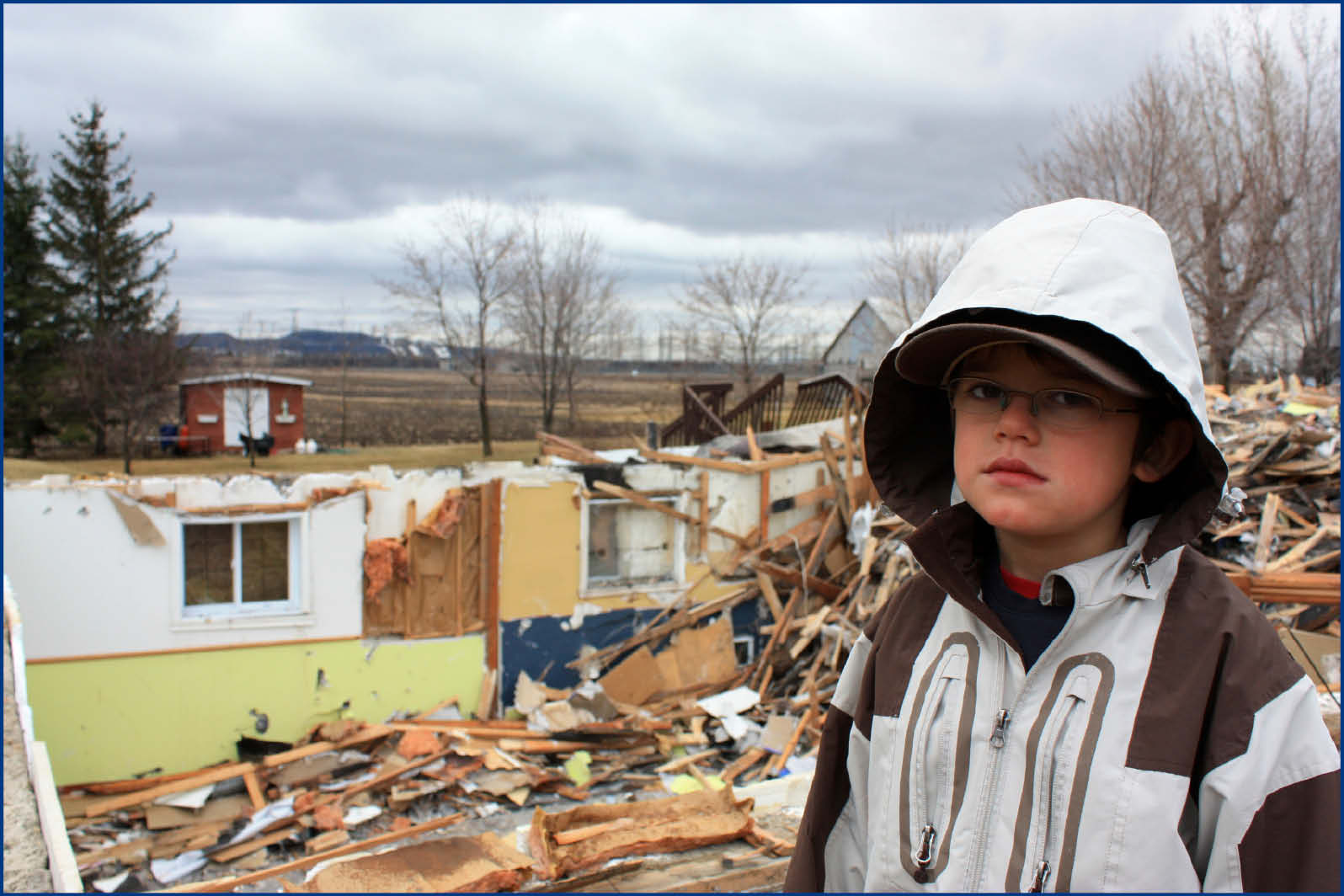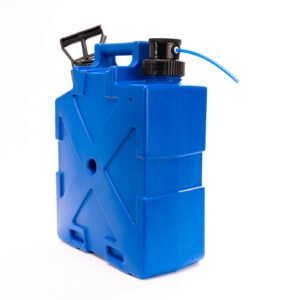Safe Drinking Water in an Emergency or Disaster
Nothing makes clearer the importance of water than a big disaster; clean, fresh water ends up being better than gold. It’s simple to forget that without water, we simply can’t make it through. 60 percent of our bodies are water, in truth for babies, water comprises about 80 percent of their body, so it is even more essential they have access to tidy drinking water.
Unfortunately, following large-scale catastrophes, it’s not unusual that water products might be cut off temporarily or be rendered unsuited for consumption. Everybody needs to know the following ideas about safe drinking water in emergency situations.
Readiness is Everything: The guidance comes by and over, but many people still are not prepared when disaster hits. You must keep a supply of tidy drinking water someplace safe in your home. You can endure a week without food, if required, however even one or two days without water can be deadly.

How much water do you really need it?
In regards to just how much water is needed to be stored, you require to drink at least 2 quarts a day of water. Enough water for all the members of your household for at least a few days is a good concept. You can save water yourself in your own containers; anything glass, and clean, thoroughly cleaned plastic containers with caps work well. Seal water firmly in their containers and store them in someplace cool and dark in your house. Make sure to alter new water frequently; once every six months.
Finding Safe Drinking Water: If you do run out of water during an emergency, or are trapped somewhere without prepared access to clean drinking water, you’ll need to know what’s safe to drink, and what isn’t.
After a disaster, possible sources of safe drinking water in your home include the water from your warm water tank, the water from your toilet tank (not the bowl, but the water from your tank, but if it is chemical-free), and water trapped in your water pipes. Melt any ice cubes that you might have saved.
Avoid utilizing water from waterbeds as drinking water, because they are treated with chemicals unsafe for drinking. You can utilize waterbed water for cleaning, however. Outside your house attempt to locate streams, rivers, lakes, or other sources of fresh water. Never consume floodwater; it is usually polluted with chemicals and bacteria. Do save rainwater that may fall for drinking.
Purifying Water in an Emergency
If you can not locating safe drinking water throughout an emergency, then any water you discover that does not look clear, or which you think may be contaminated, need to be purified before drinking.
Boil the water for about one minute. For improved taste, pour the water back and forth from one clean container to another.
If you’re unable to boil your water, treat it chemically before drinking. Use an eyedropper, to drop eight drops of bleach into each gallon of water to be dealt with. When the water appears clear, it is most likely safe to consume.
Absolutely nothing makes clearer the significance of water than a large disaster; clean, fresh water becomes more important than gold. 60 percent of our bodies are water, in truth for infants, water makes up about 80 percent of their body, so it is even more vital they have access to tidy drinking water.
You must preserve a supply of clean drinking water someplace safe in your home. In terms of how much water is required to be kept, you require to consume at least two quarts a day of water. Prevent using water from waterbeds as drinking water, since they are treated with chemicals unsafe for drinking.



